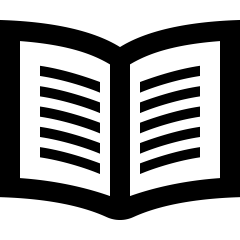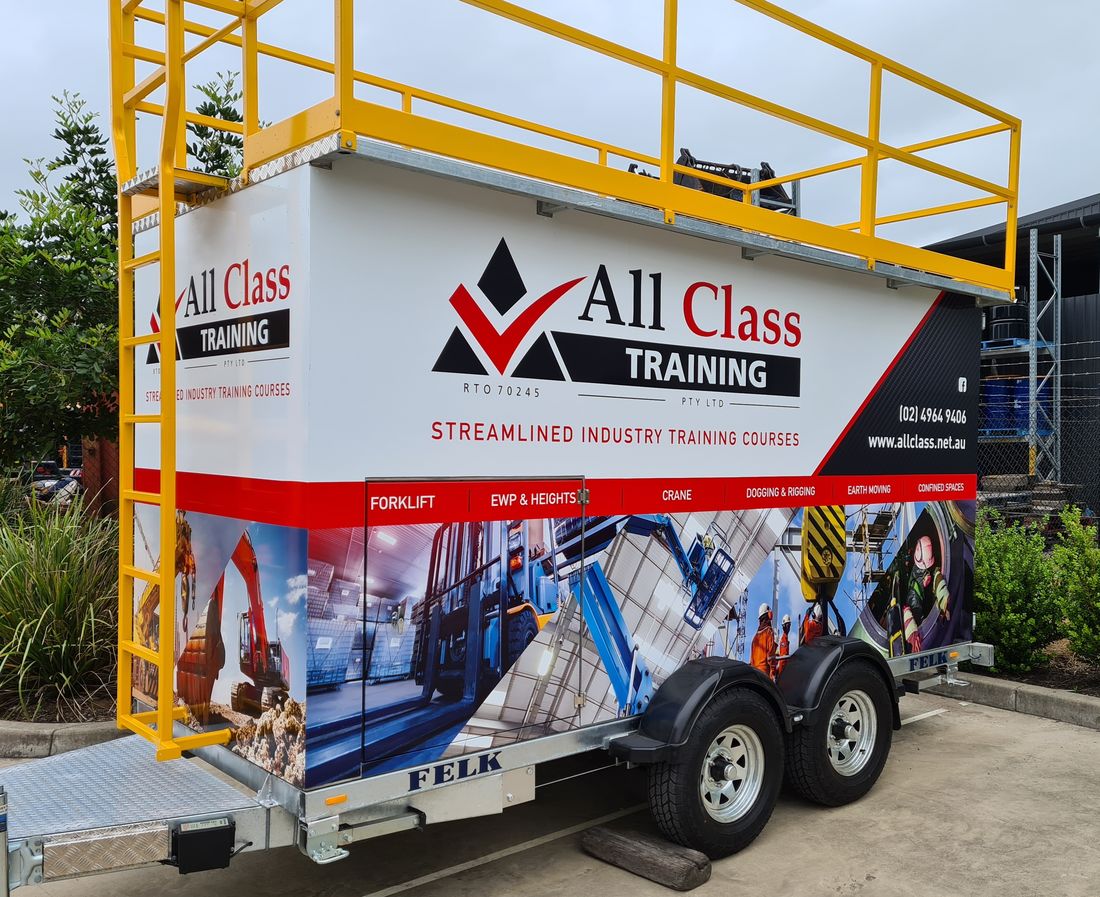Phone (02) 4964 9406
Mobile 0405 758 535
Email training@allclass.net.au
Address 10 Kilcoy Drive, Tomago NSW 2322
| Complete your Confined Space Training and Gas Test Monitor Course in a 1/2 day | |
 |
|
| All Class Training’s Confined Space Training course is combined with our Gas Test Atmospheres training into a 1/2-day program. Receive all the required learning in our all in one course.
Assessment Details: Students will be assessed by way of practical and theory assessments.
| |
| Confined Space Training Course Price: $200 (GST Free) per person |
Click on the course date below to book now
Confined space and gas testing training is delivered through classroom activities, student discussions and presentations as well as practical components within a safe, simulated working environment. Using specialist equipment, you will learn how to work within confined spaces and detect harmful contaminants.
You will also learn how to put control measures in place to make work safer and carry out the work in accordance with the Confined Space Code of Practice and WHS Regulations.
Your competence will be assessed through direct observation, oral and/or written assessments, and practical exercises.
The course meets the expected learning outcomes of RIIWHS202E - Enter and Work in Confined Space:
The course also meets the learning outcomes of MSMWHS217 - Gas Test Atmospheres:

The course is delivered through classroom activities, student discussions and presentations as well as practical components within a simulated working environment using specialist equipment.
Business owners have the primary duty of care under the WHS Act to ensure that workers and other people are not exposed to the health and safety risks involved with confined spaces. Designers, manufacturers and suppliers who work in or around confined spaces are also required to eliminate the need for any person to enter a confined space or, if necessary, ensure people can enter and exit the confined space.
Workers must also take reasonable care for their own health and safety and ensure that their work does not affect the health and safety of another person. Workers must comply with instructions relating to confined space entry permits, risk control measures and emergency procedures, and should carry out work in accordance with any relevant training provided.
With this in mind, any business owner, WHS officer or employee working in or around confined spaces should have training.
Note: emergency service workers are not required to comply with some requirements for entering confined spaces when rescuing a person or providing first aid in the confined space.
Technically, you are not legally required to complete confined space training in NSW. However, it is highly recommended to manage the health and safety risks associated with confined spaces. Our training can help you identify hazards, assess the risks associated with these hazards, implement risk control measures and review these measures.
Some of the dangers involved with working in a confined space include restricted entry or exit (e.g. the need for ladders, hoists and other devices), harmful airborne contaminants (e.g. hydrogen sulphide, paints and adhesives, solvents, carbon monoxide), unsafe oxygen levels, engulfment, fires and explosions.
There are also risks related to biological hazards, electrical hazards, mechanical hazards, noise, radiation and environmental hazards (e.g. heat or cold stress, slippery surfaces, inadequate lighting).
Working in an enclosed space poses serious health and safety risks. However, there are a number of working environments that are not considered enclosed spaces. A mine shaft, for example, is not considered an enclosed space. Likewise, places intended for human occupancy, spray painting booths, abrasive blasting areas, shipping containers or a cool store are not considered enclosed spaces.
Partially closed spaces that have harmful airborne contaminants but are designed for human occupancy are not enclosed spaces.
Air monitoring and gas destiny should be carried out by a competent, trained person using a correctly calibrated gas detector. You will learn to detect the oxygen content of the space, the airborne concentration of flammable contaminants and airborne contaminants like hydrogen sulphide and carbon monoxide.
It is important to note that a person’s senses should never be used to determine if the air in a confined space is safe. Many toxic/flammable gases and oxygen levels cannot be detected by smell, sound or sight.
Re-training or refresher training should be provided as appropriate for a particular workplace. The frequency of this training should depend on how often workers are required to carry out tasks associated with entry to or work in confined spaces.
Records of all training provided to workers in relation to confined space work must be kept for 2 years.
We suggest that you requalify every two years as a minimum to maintain currency of training
You will need a USI to enrol on any Nationally Accredited Course. If you do not have one or cannot remember your number, visit www.usi.gov.au to create or find your USI.
We send out pre-course study material for you to complete before attending the course. This will provide background information as well as examples of the kind of questions you will need to complete in your assessment.
You will need to be reassessed only on the sections you were deemed 'Not Yet Competent.' The reassessment must take place at least 48 hours and not more than 90 days after the original assessment.
To book your confined space entry training and gas test atmosphere training course, contact the team from All Class Training. We offer regular confined space courses — view the calendar above for available classes and dates, or get in touch to find an appropriate booking.